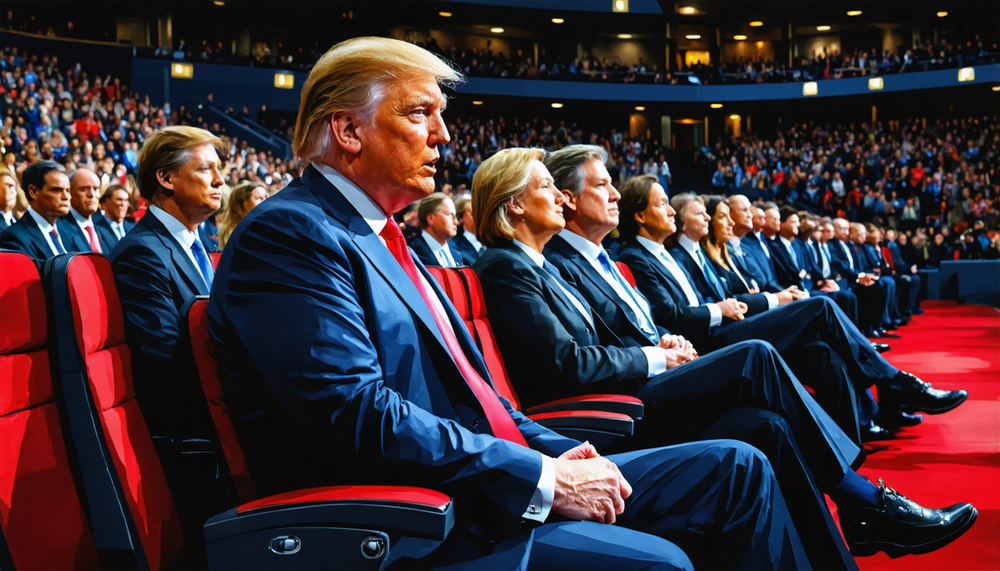The Glitz and Glamour of Inaugurations
Inaugurations are usually as much about spectacle as they are about ceremony. They serve as a symbolic transition of power, drawing the eyes of the world towards the U.S. Capitol. Yet, within this spectacle lies a complex tableau of power dynamics and influence, subtly conveyed through the seemingly mundane aspect of seating arrangements.
An Unanticipated Hierarchy
On January 20, 2017, the inauguration of Donald Trump as the 45th President of the United States raised eyebrows for more than just political rhetoric. An anomaly in seating arrangements emerged: executives from Big Tech companies not only attended the prestigious ceremony but reportedly found themselves seated in more advantageous positions than some nominated Cabinet members. According to Washington Examiner, this unusual arrangement posed questions about the influence and clout Big Tech wields in modern political landscapes.
Big Tech on the Front Rows
For decades, influence in Washington has been wielded largely by industrial titans and political allies, often reflected by their proximity to power. The 2017 inauguration challenged this traditional hierarchy, spotlighting the elevated status of tech moguls. Are we witnessing a new era where bytes and algorithms take precedence over traditional political actors?
The Unseen Power Play
As stated in Washington Examiner, the seating preference highlighted the increasing intertwining of technology in our daily lives and governance. It’s a realm where political decisions can now pivot on campaign analytics rather than coffee house discussions. The invitation to Big Tech wasn’t just about recognition but a nod to future partnerships or rivalries in policy-making and economic agendas.
Reflections on a Changing Order
While placing executives from tech giants closer to the epicenter of political power might appear symbolic, it mirrors broader societal shifts. Some might view this as an extension of Silicon Valley’s aspirations to transcend avatars of commerce into entities that shape societal norms and political doctrines.
But such affinity also sparks debate about regulation, data privacy, and the ethical responsibilities of tech companies—debates that will continue to echo through the halls of Congress and beyond.
A New Chapter at the Intersection of Politics and Technology
This event calls us to reflect on the upcoming chapters in our civic narrative. As technology and policy continue to intertwine, cross-industry dynamics will shape the political landscape. How these relationships evolve could redefine our understanding of influence—to what extent it’s exerted and who truly holds sway in guiding future directions.
As the curtain falls on this particular act, one thing remains clear: in Washington’s great drama, positions on stage are telling of narratives both whispered and declared. The seating arrangement at the 2017 inauguration was more than logistical—it was an allegory of age-old power reshuffling for a digital age.



















